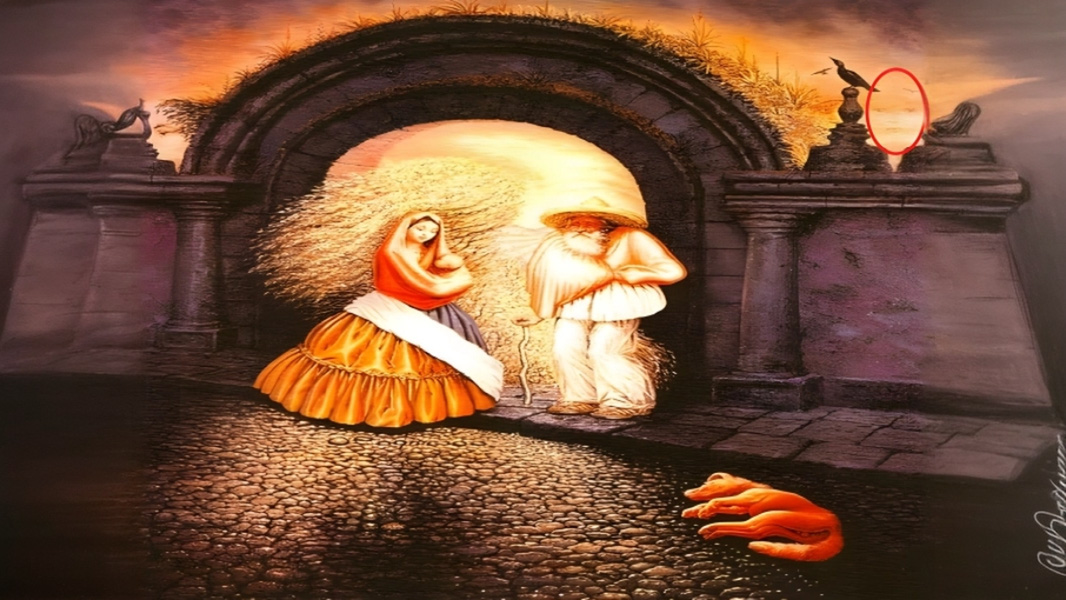Selecting the Correct Ski Pole Fit
It's crucial to select the appropriate ski poles for your skiing activity. It can be challenging to determine which pair will suit your needs the best, though. You can find out which ski poles will be ideal for you by doing a quick test. To determine the correct length, just turn the pole upside down and grasp it directly beneath the basket; if your elbow creates a 90-degree angle, you have done so.
Measurement

Hold On
 Having a firm hold on a ski pole is crucial for both controlling the pole and converting the energy you put into each take into power. Additionally, it guards your wrist and hand from harm, particularly when you fall. Try-on different grips before choosing one is vital because different people have different sized and shaped hands.
A strap that encircles your hand and wrist is featured on the grip by certain manufacturers, and some even feature an adjustable strap for customising the length. These are especially helpful for children or adults with growing hands.
The traditional technique for determining the proper pole length is to invert the pole and grasp the section beneath the basket. You are the appropriate height for that model if the tip of your thumb touches the basket. However, it is advised to conduct a practical test because your skiing style may affect the height. A novice skier should use a shorter pole; a quicker or stronger skier will require a longer one.
Having a firm hold on a ski pole is crucial for both controlling the pole and converting the energy you put into each take into power. Additionally, it guards your wrist and hand from harm, particularly when you fall. Try-on different grips before choosing one is vital because different people have different sized and shaped hands.
A strap that encircles your hand and wrist is featured on the grip by certain manufacturers, and some even feature an adjustable strap for customising the length. These are especially helpful for children or adults with growing hands.
The traditional technique for determining the proper pole length is to invert the pole and grasp the section beneath the basket. You are the appropriate height for that model if the tip of your thumb touches the basket. However, it is advised to conduct a practical test because your skiing style may affect the height. A novice skier should use a shorter pole; a quicker or stronger skier will require a longer one.
locking system
 The locking mechanism of a pole will influence its performance and feel. It will decide if it can be folded up for storage and how simple it is to adjust. Adjustable straps, fastened by a locking ring in the centre of the grip part, are a common feature on poles. The locking ring should be snug enough to offer support without being so tight as to make removal challenging or impede hand circulation.
Select a lock model for alpine skiing that is lightweight but sturdy and dependable. By planting the pole in the snow, you can improve manoeuvrability by lowering the resistance against wind gusts and swing impact. Another item to think about is a carbide tip, which offers more traction and durability on harsher snow surfaces. Another important component is the basket, which keeps the pole from sinking too far into the snow and making pushing more challenging. Additionally, some models include detachable baskets, providing adaptability for different snow conditions.
The locking mechanism of a pole will influence its performance and feel. It will decide if it can be folded up for storage and how simple it is to adjust. Adjustable straps, fastened by a locking ring in the centre of the grip part, are a common feature on poles. The locking ring should be snug enough to offer support without being so tight as to make removal challenging or impede hand circulation.
Select a lock model for alpine skiing that is lightweight but sturdy and dependable. By planting the pole in the snow, you can improve manoeuvrability by lowering the resistance against wind gusts and swing impact. Another item to think about is a carbide tip, which offers more traction and durability on harsher snow surfaces. Another important component is the basket, which keeps the pole from sinking too far into the snow and making pushing more challenging. Additionally, some models include detachable baskets, providing adaptability for different snow conditions.
Content
 The material of the pole has an impact on how it feels in your hands and behaves on the snow. Poles come in a variety of materials, ranging from lightweight 100% carbon to basic aluminium. The best poles are extremely stable and lightweight, allowing you to use them with your hands in a natural position and offering impact protection.
You may fine-tune the length of your pole for various sports and conditions by using the adjustable grips that certain manufacturers offer. Ski mountaineers and backcountry skiers who routinely shorten their poles to aid in self-propulsion uphill or during bootpacking may find this function especially helpful.
Hold a pole upside down and perpendicular to the ground with your hands in front of you to determine the correct length. Your elbow should form a 90-degree angle when the pole is held correctly, signifying that its length is appropriate. If not, you might want to try a size down or up. Numerous grips are available in a range of forms, including straight, ergonomically curved, smooth, ribbed, and stiff.
The material of the pole has an impact on how it feels in your hands and behaves on the snow. Poles come in a variety of materials, ranging from lightweight 100% carbon to basic aluminium. The best poles are extremely stable and lightweight, allowing you to use them with your hands in a natural position and offering impact protection.
You may fine-tune the length of your pole for various sports and conditions by using the adjustable grips that certain manufacturers offer. Ski mountaineers and backcountry skiers who routinely shorten their poles to aid in self-propulsion uphill or during bootpacking may find this function especially helpful.
Hold a pole upside down and perpendicular to the ground with your hands in front of you to determine the correct length. Your elbow should form a 90-degree angle when the pole is held correctly, signifying that its length is appropriate. If not, you might want to try a size down or up. Numerous grips are available in a range of forms, including straight, ergonomically curved, smooth, ribbed, and stiff.









